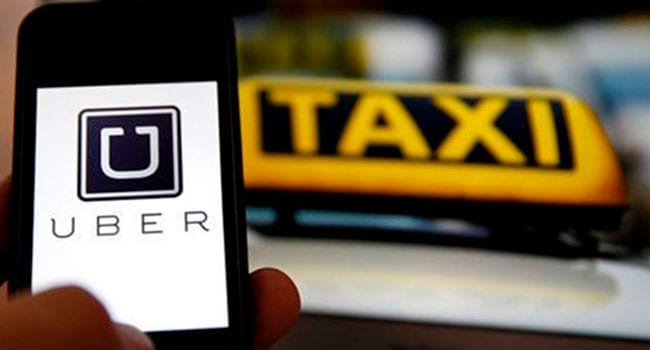 Taxis have been commonplace in our cities for decades and – in some cases – centuries. We need to apply the lessons we’ve learned to the ride-sharing revolution.
Taxis have been commonplace in our cities for decades and – in some cases – centuries. We need to apply the lessons we’ve learned to the ride-sharing revolution.
The first documented coach for hire was in 1621, in London, England. It only took 33 years for there to be enough issues that parliament passed a licensing system to limit the numbers and regulate behaviour. Now, every modern city regulates the number of cabs allowed on their streets, the rates they can charge, and who’s allowed to own and operate taxis.
Limiting the number of cabs ensures that our streets aren’t congested while making certain drivers and owners don’t face excessive competition, driving down income. The rules also protect customers by guaranteeing a reasonable price. And they guarantee safety by ensuring drivers have been vetted and are properly insured.
In recent years, we’ve seen a new idea seize the industry: companies like Uber and Lyft leverage new technologies and a model that allows almost anyone to become a driver, working whenever they choose rather than being committed to a full-time job.
The opportunity that Uber offers to augment your income is appealing in an economy that has left so many people far behind. A few extra dollars without making a huge commitment and using a vehicle you already own sounds like a great deal.
But how much do you really earn?
After you’ve accounted for extra insurance, gasoline, extra wear on the vehicle and your time (you turn the app on and then wait between pickups), most people earn much less than minimum wage when doing Uber runs. Some have discovered they even lose money.
So why is it so appealing to so many people?
There’s the benefit of extra income. But people often ignore the extra costs that aren’t immediately evident. Many drivers don’t consider the extra vehicle maintenance or depreciation when considering their profits.
Many Uber drivers have inadequate insurance. Uber’s insurance covers the driver while they have a client in the vehicle, but regular non-commercial insurance doesn’t cover your vehicle (or you) the moment you’re using the vehicle for commercial purposes. And that happens the second you turn the app on to indicate you’re available. Add-on insurance can cover this gap, but many people don’t realize it’s an issue – or they would rather not eat into their profits.
The Ontario and Alberta provincial governments have plugged this gap by working out a deal with Uber that extends coverage to all their drivers in that gap time. The rest of the provinces should follow suit.
Anyone who has looked for a cab during a busy time can attest to the fact that there always seems to be a shortage. That’s exacerbated by the antiquated method of doling out licences. The system seems to favour the people who already have licences and doesn’t always focus on the two most important stakeholders: drivers and the customers.
Some Uber drivers have started to demand higher rates or are simply quitting. The free market will eventually balance Uber’s rates and their drivers’ share.
Uber and other ride-sharing companies need to recognize that as part of the transportation industry, some regulation is inevitable.
All jurisdictions should follow Ontario and Alberta and work with Uber to provide insurance that covers drivers and clients completely. A more thorough driver vetting system must also be put in place to protect passengers. In London, England, Uber has been banned due to recent violent crimes by some of their drivers.
We need to apply the lessons of the past to our urban transportation future.
Eamonn Brosnan is a research associate with Frontier Centre for Public Policy.
The views, opinions and positions expressed by columnists and contributors are the author’s alone. They do not inherently or expressly reflect the views, opinions and/or positions of our publication.


